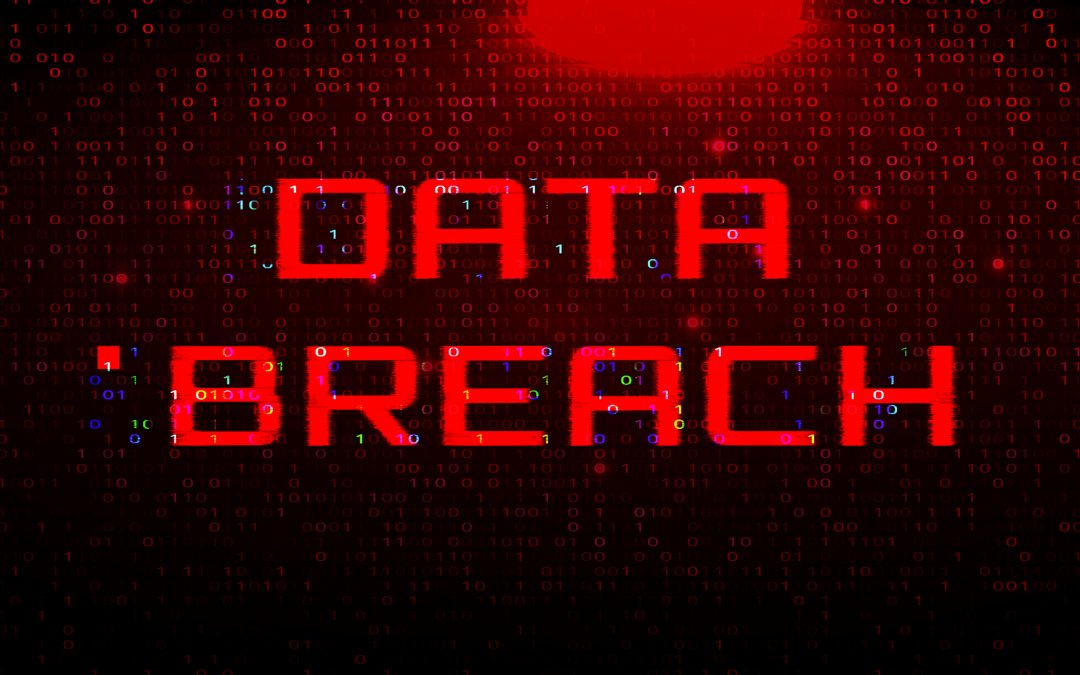Scareware has over a decade causing serious problems to Internet users. This is especially true among casual tech users who don’t have enough expertise to identify the artifice that this type of attacks poses. As a consequence, they end up falling as victims, losing money and jeopardizing their privacy down the road.
But this type of social engineering tactic is far from disappearing. That’s why users, especially in business organizations, need to become aware of the threat and prepare to fight back every single attack that lands on their devices.
At My IT Guy, our team wanted to talk about how scareware attacks work and how individuals and organizations can act in order to mitigate the dangers that this aggression supposes online.
What is Scareware?
Scareware is a type of cyberattack that uses social engineering and fear tactics to lead the victim (which ideally is in a panic state) to obey the attacker’s instrucions. The goal is that the victim downloads a piece of infected software provided by the attacker as the definitive solution to the fake infection.
The piece of software that the victim ends up downloading will be the real responsible, infecting the victim’s device and leaving a door open for the hacker to steal personal data.
In other scenarios, scareware is also used by the attacker to directly get paid an amount of money in exchange for the deceitful solution, a technique for quicker benefits. Malicious agents make the most of these scenarios by also stealing credit card information.
We all have been in contact with scareware. This is especially true for those users who browse on the Internet without ad blockers and AV solutions that integrate with the web browser.
Most of the time, these attacks come in the shape of highly aggressive pop-ups that aim to generate panic in the user. These pop-ups usually show very violent and pushy warnings about the fake threat that supposedely infected the computer, claiming that immediate actions must be taken on the user’s side in order to prevent damage and data loss.
The message showed by scareware is both vague and dramatic at the same time. Animations and even sound effects are used in order to influence the inexperienced users online, who often get panicked. Alongside the great drama, the message will then explain how the infection can be cured, offering a download as the solution.
How to Prevent Scareware Attacks?
There are human and technical factors when it comes to preventing scareware attacks. First, Internet users need to be aware of this threat online. We must acknowledge its existence and understand how the attacks operate in order to identify them in case they appear. That’s the step one with scareware and with every single type of attack based on social engineering.
Fortunately for us, scareware attacks are evident most of the time. If we find ourselves in front of an unexpected, pushy, dramatic notification of virus infection, coming from a unknown company which claims to have the miraculous solution (installing a free software they offer), we need to suspect about it.
Everything begins with being alert and recognize these red flags when browsing online. And if you care about your business being exposed, share this knowledge with your team and help them to become aware.
On the technical side, your web browser needs to be up-to-date and count with a fully-working ad blocker that keeps these pop-ups at bay. If you want to go the extra mile, install an AV or anti-malware software that covers you further. The latest versions are always vigilant of the potential scareware attacks that often come our way when we visit compromised websites.
